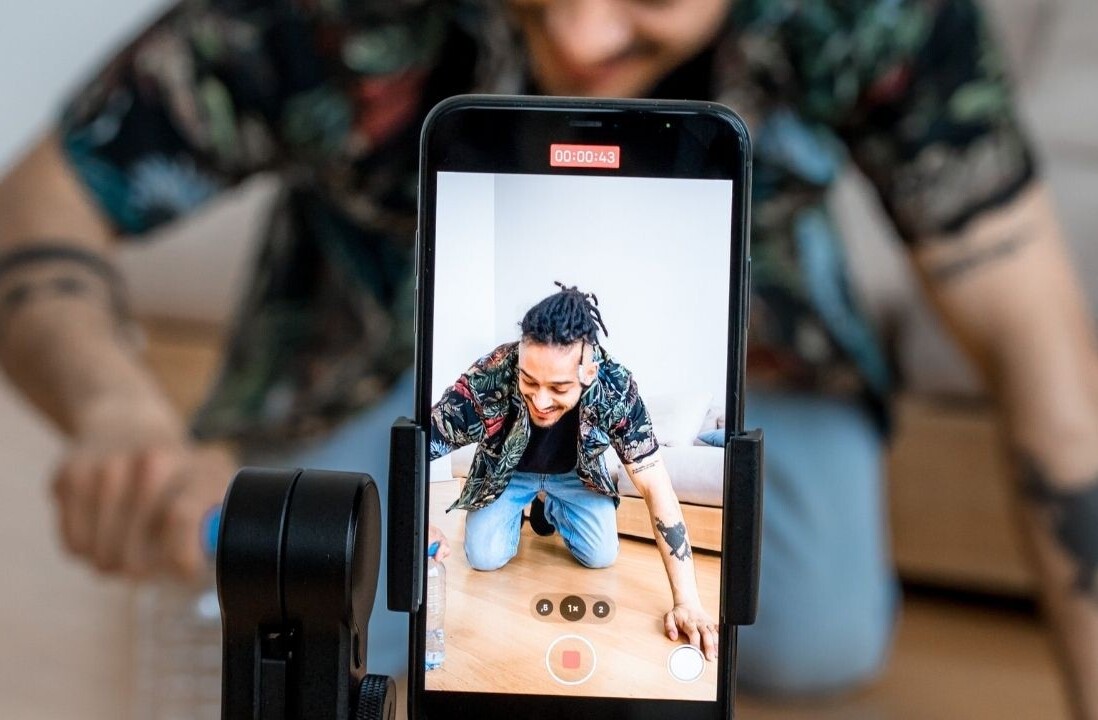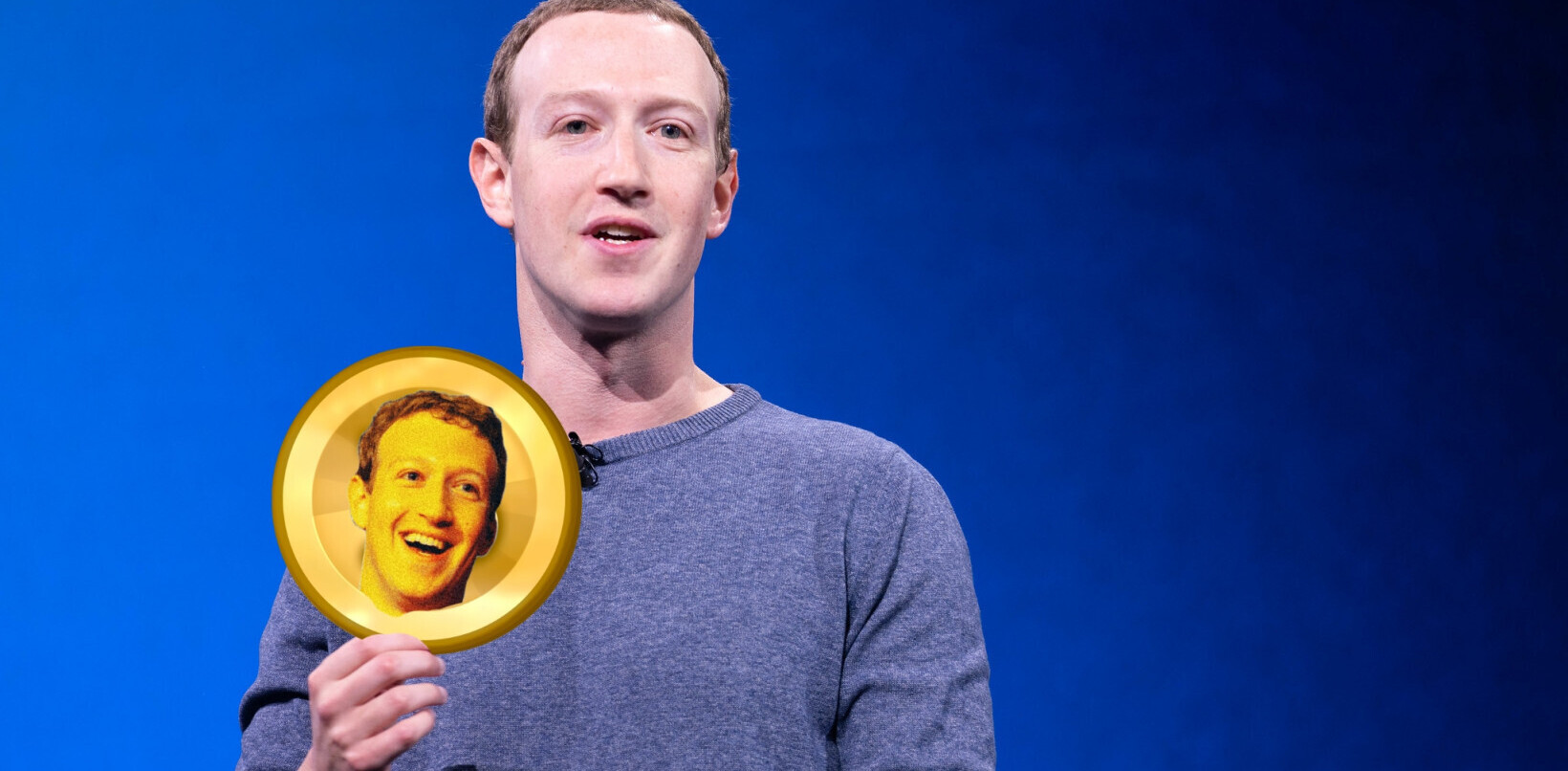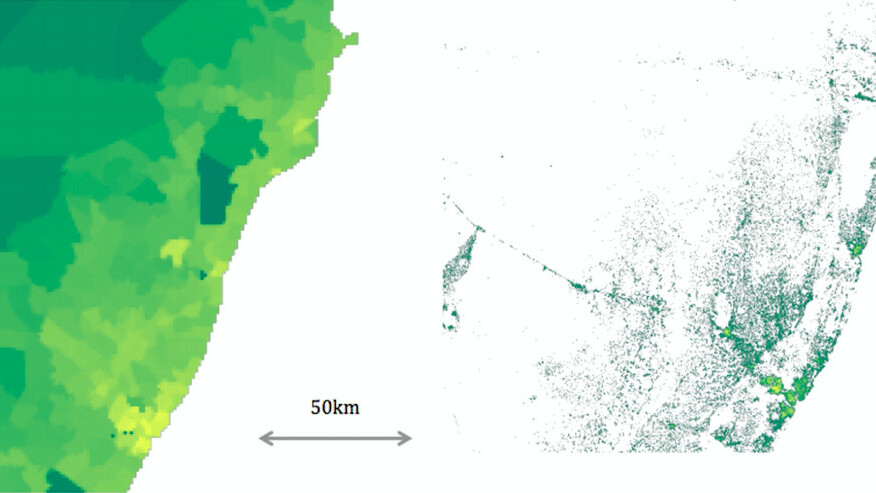
Facebook’s Connectivity Lab is using AI to create high-resolution maps of 20 countries in order for it to understand how best it can deploy internet to the 10 percent of the world that isn’t connected.
As the technical side to Facebook’s Internet.org project, Connectivity Labs mostly work on things like satellites and drones. The maps will serve as a guide for the team to decide what is the best way it can get internet to the offline populations by finding out exactly where people are living, down to a 5 meter accuracy.
For example, if a village was set along a riverside, it could be best connected by a string of point-to-point links, whereas in a more sparsely populated area, an unmanned satellite might be the best solution. Similar to driverless cars, the drones that Facebook is building to supply internet connectivity need to have a pre-loaded route that is both efficient and accurate, as well as safe. This is why the maps need to be so detailed.
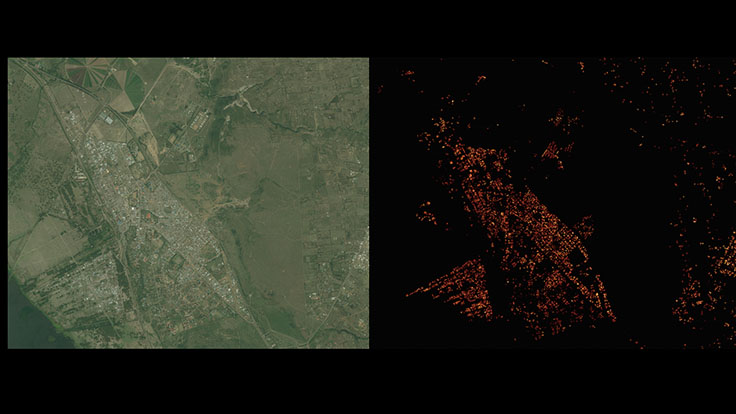
The idea behind getting 5 meter accuracy is that this is the typical range of a Wi-Fi connection. So if the next door neighbor is more than 5 meters away, they are going to need a separate connection.
The 20 countries currently being mapped are: Algeria, Burkina Faso, Cameroon, Egypt, Ethiopia, Ghana, India, Ivory Coast, Kenya, Madagascar, Mexico, Mozambique, Nigeria, South Africa, Sri Lanka, Tanzania, Turkey, Uganda, Ukraine and Uzbekistan.
Facebook started the project by obtaining more than 350 terabytes (14.6 billion images) of maps from Columbia University and the World Bank. It then employed its AI algorithm to identify objects, specifically things that would show humans are living in the area, like houses, shelter and roadways.
The Facebook team train the algorithm by showing it 8,000 images of a country where all of the buildings were already pre-labelled. This helped the algorithm learn how to distinguish between habited and uninhabited areas.
Facebook believes the maps could be put to other uses, like socio-economic research, and will be making them publicly available later in the year.
Meanwhile, at Mobile World Congress the company has launched a new initiative – Telecom Infra Project (TIP) – that aims to come up with new ways to build and design telecom network infrastructure.
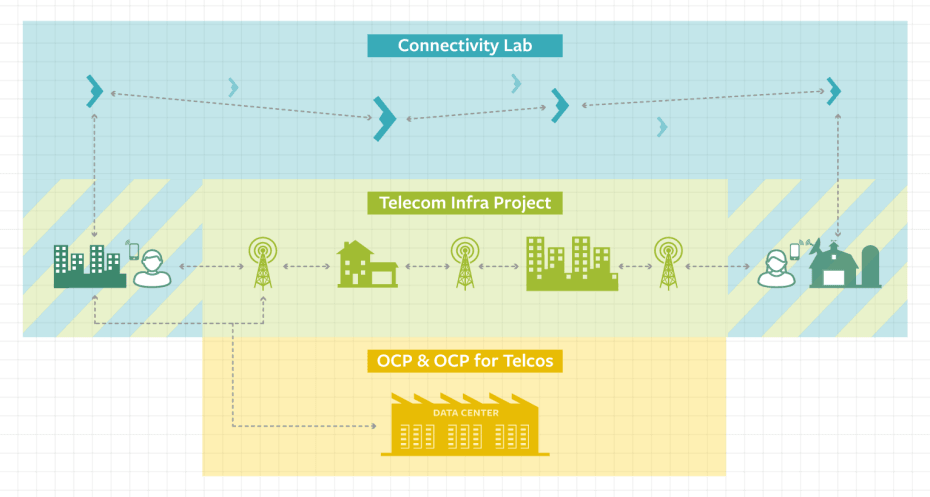
The project has already partnered with Deutsche Telekom in Germany, BT in the UK, Globe Telecom in the Philippines and SK Telecom in South Korea, among others.
TIP will look at ways it can make mobile internet connections better for users who are already online, as well as establishing the best way it can bring new users online and of course, onto Facebook.
The social media giant claims that telecom networks aren’t scaling fast enough so it hopes that by creating a project like TIP, it can speed up that innovation.
➤ Connecting the world with better maps [Facebook Connectivity Labs]
Get the TNW newsletter
Get the most important tech news in your inbox each week.


